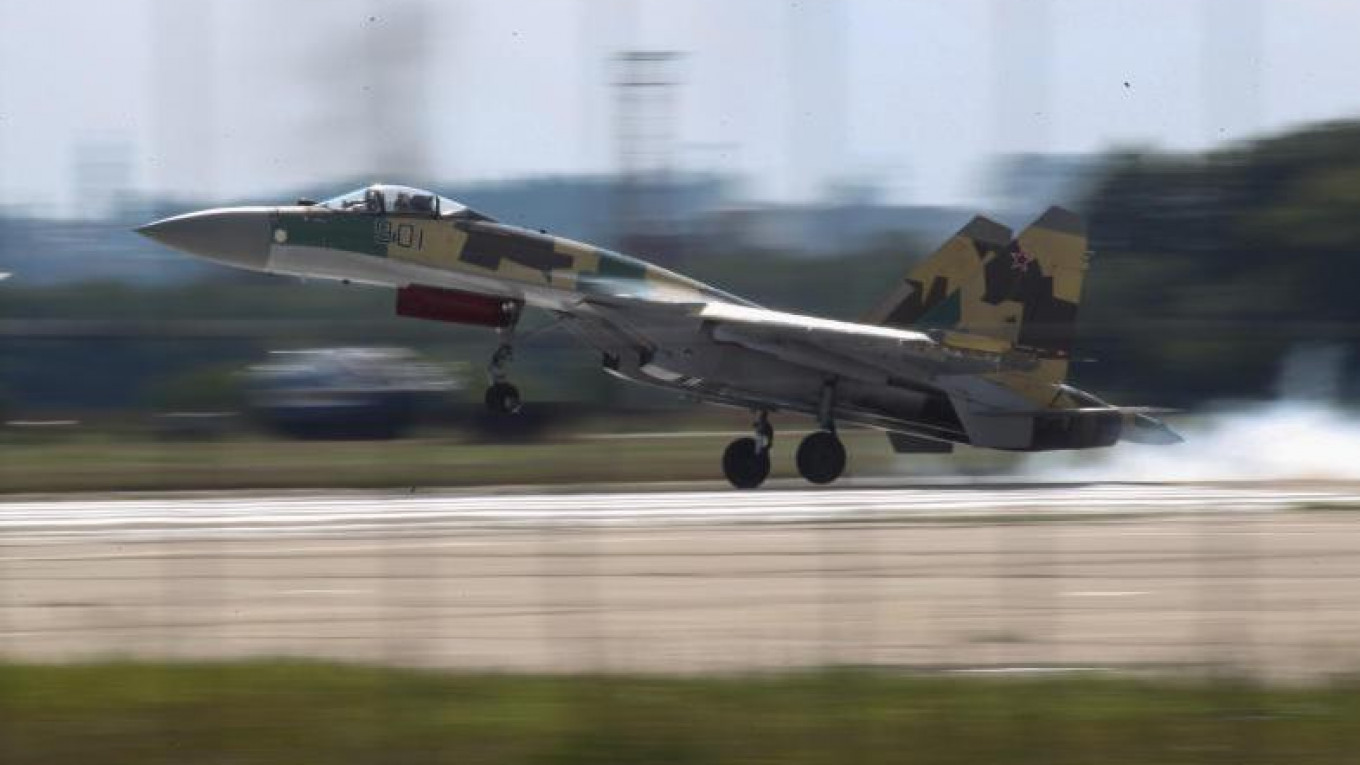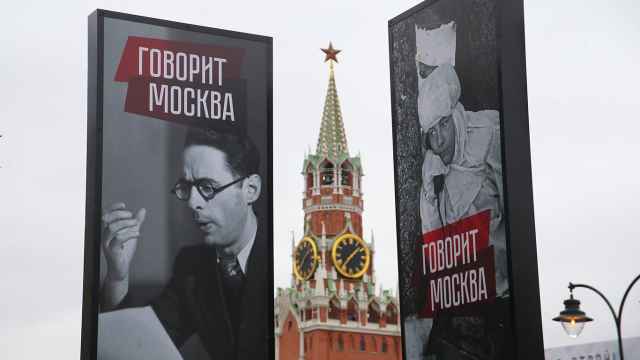Three years ago, Russia's cutting-edge aviation technology was a jealously guarded secret. Today, Moscow's aeronautical knowhow has become a competitive export on the international arms market. And the prime beneficiary appears to be China, a nation investing heavily in military hardware, but lacking in domestic skill at aircraft design.
This trend was on
display at an airshow in China on Nov. 1, when officials from Moscow announced that deliveries of Russia's most advanced fighter jet, the
Sukhoi Su-35, will begin later this year. The $2-billion
contract, signed last year, will see 24 of the jets delivered to
Beijing's air force over the next several years. By the end of 2016,
the Chinese will have their hands on four of them.
It is a victory for
the Chinese, who have been after the Su-35 for years. Traditionally,
Moscow reserves its best hardware for exclusively domestic use,
selling only older models of Russian weapons, fearing technology
theft. There are also concerns about a possible confrontation down the road with China — a nation that still worries some Moscow defense circles. But the loss of Western defense customers to sanctions in 2014
and the generally dismal state of the Russian economy has forced Moscow
to reconsider its position.
“We need China's
political support, so this is why we take this inevitable risk,”
said Russian defense analyst Ruslan Pukhov, director of the
Moscow-based Center for the Analysis of Strategies and Technologies
(CAST). “Obviously, anyone who can commit hundreds of millions of
dollars to defense contracts is important, but because of the
political dialogue China is doubly important.”
Not only is Russia now willing to let the Chinese operate — and possibly clone — the Su-35, but it's also selling cutting-edge air defense systems like the S-400. If the deliveries indeed go through, Beijing will become the first foreign customer to receive the S-400, as well as the Su-35. Though Russia risks China stealing its defense technology, Moscow needs to demonstrate its close ties with Beijing.
For the Chinese, it's a good deal: stand close with Moscow against the United States internationally, and receive access to technology still out of reach for domestic manufacturers. Indeed, most of China's $8-billion backlog of orders from Russia (15 percent of Moscow's global $55-billion portfolio) concerns the Su-35 deal, an S-400 deal, and agreements about advanced aircraft engines and radars.
According to Konstantin Makienko, the deputy director of CAST, “the Chinese mainly need the Su-35 to obtain access to the aircraft's new 117S engine, and Russia's latest and extremely powerful aircraft-based IRBIS radar system.” Beyond that, Russia has a very limited catalogue of military hardware that it can sell to Beijing at this point.
Russia has already sold most everything else.
With China representing an important market for the Russian defense industry, its ability to reverse-engineer Russian hardware puts the industry in a precarious situation. “But Russian engineers have come to an understanding that permanent advancement is the best way to counter it,” says Vadim Kozyulin, an arms expert at the Moscow-based PIR Center think tank.
“For example, while selling S-400 systems to China, Russia is already working on a newer and more advanced S-500 system,” Kozyulin said.
But Russia appears to struggle with staying ahead of the curve. According to data collected and published by the Stockholm International Peace Research Institute, the volume of Russian arms sales took a steep dive in 2009, and has remained essentially flat around the $700 to $800 billion mark for the past five years. Available data suggests Moscow's pivot to Asian markets has not changed that.
Though China over the past five years has imported almost 60 percent of its foreign-bought hardware from Russia, only 11 percent of the equipment exported by Moscow in the same period went to China. The share may be increasing with the reported $8-billion backlog, however, as Makienko estimates China's share has increased to 15 percent — second only to India.
Kozyulin argues that there's only one way to deepen military-to-military trade further:
joint development of new hardware leveraging the exclusive
capabilities of either side. So far, this has mostly involved China's
leveraging of Russian aerospace technology to begin co-development of
new space hardware, airplanes, and helicopters.
Beijing, it seems, will certainly get its money's worth. And Russia's long-term ability to stay ahead in the military innovation game is far from guaranteed.
A Message from The Moscow Times:
Dear readers,
We are facing unprecedented challenges. Russia's Prosecutor General's Office has designated The Moscow Times as an "undesirable" organization, criminalizing our work and putting our staff at risk of prosecution. This follows our earlier unjust labeling as a "foreign agent."
These actions are direct attempts to silence independent journalism in Russia. The authorities claim our work "discredits the decisions of the Russian leadership." We see things differently: we strive to provide accurate, unbiased reporting on Russia.
We, the journalists of The Moscow Times, refuse to be silenced. But to continue our work, we need your help.
Your support, no matter how small, makes a world of difference. If you can, please support us monthly starting from just $2. It's quick to set up, and every contribution makes a significant impact.
By supporting The Moscow Times, you're defending open, independent journalism in the face of repression. Thank you for standing with us.
Remind me later.






